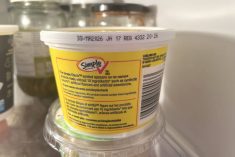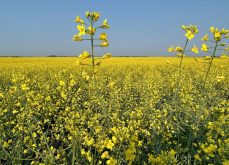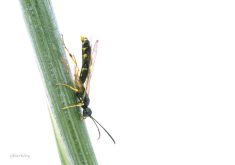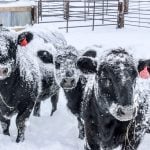From drought to hail to flooding, from BSE to swine flu, and from an elevated Canadian dollar to sky-high input costs, agriculture has taken its share of hits over the past decade. But those who can stay in the game have a bright future ahead, says J.P. Gervais, the chief economist at Farm Credit Canada (FCC).
“The overall message is that though there are challenges in the agriculture industry, the outlook is positive,” says Gervais. “We are selling commodities that have high demand in world markets especially because the middle class keeps expanding. When incomes go up in emerging markets, that’s good for Canada because the demand increases for meat proteins and for feed grains.”
Read Also
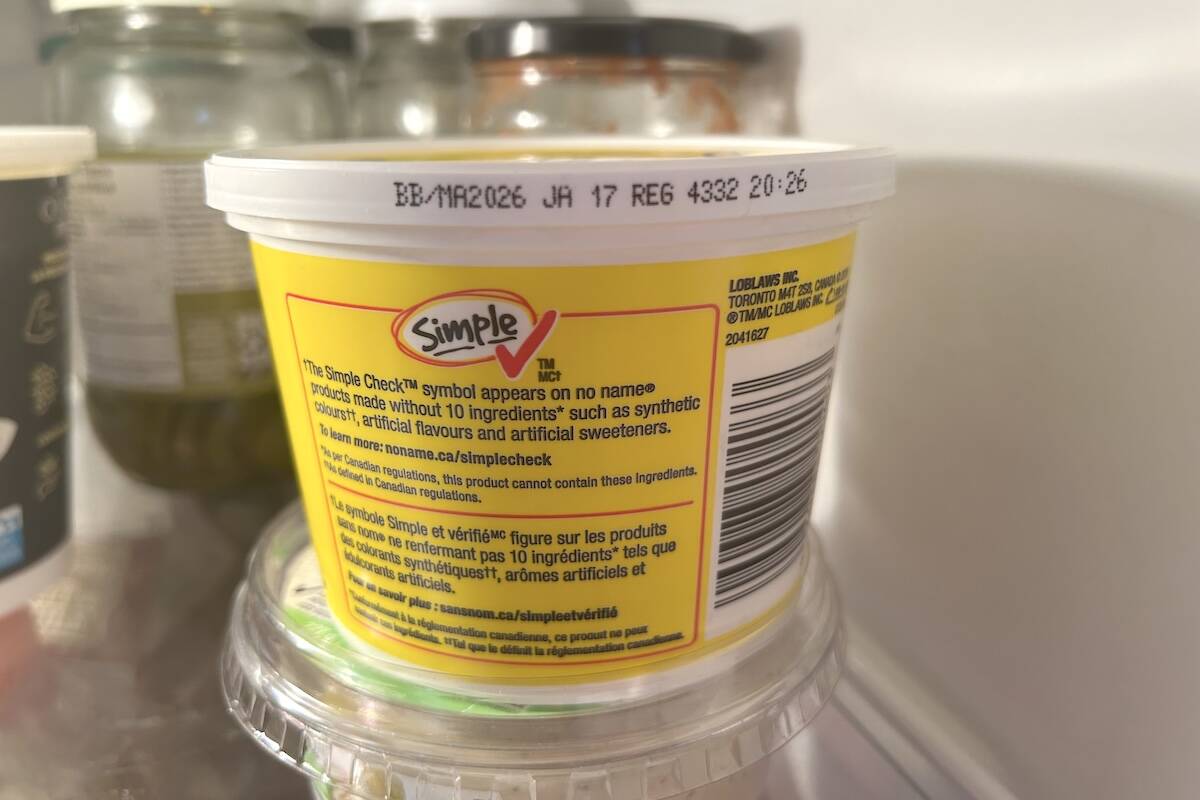
Best before doesn’t mean bad after
Best before dates are not expiry dates, and the confusion often leads to plenty of food waste.
Though grain prices are unlikely to stay at the U.S.-drought-induced highs of last year, Gervais expects they will remain higher than the 1980 to 1995 average.
“The key thing for grain and oilseed producers is to have realistic expectations. You can’t look at the last year or two and make your choices based on those numbers,” says Gervais. He adds that a slight dampening of prices would be in one way beneficial.
“High (crop) prices are resulting in an increase in farmland values. If you own farmland, that’s a good thing. But, we have such high asset values in our sector right now that it is difficult for producers looking to start out or to expand. If the prices come down a little, younger producers may have a better chance to get in.”
Better livestock outlook
Gervais says that after several tough years due to BSE, a high dollar and trade restrictions, it looks as though better days are on the horizon for Alberta’s livestock producers.
“Beef consumption is projected to increase six per cent worldwide over the next 10 years,” says Gervais. “Add to that, we’re much better off compared to the U.S., which is still going through the effects of drought in the southwest. Our (cattle herd) numbers have declined a little in the last two to three years, but the U.S. numbers have dropped a lot, which means we are in a better position than the U.S. to capture some of the demand growth.”
Gervais says that while domestic demand has levelled out, that’s positive after a decline for several years.
“The only question is, after so many years of thin profit margins given high feed prices and not great prices, is there an appetite for risk?” Gervais says. “Will producers consider expanding? The outlook is positive and the opportunity is there.”
Similarly, demand is growing steadily for pork, led by a huge increase in Asia. Gervais says that if export market demand continues to increase and grain prices come down, profits should improve for the hog industry.
But as with beef, the big question remains. “Will producers choose to stay in the pork production game, or have the impossibly tough recent times pushed many beyond the point of return? Time will tell.”
Supply management
While the supply-managed sector is seen as stable, it is far from boring and mature. “There are lots of things happening,” says Gervais.
First, domestic consumption is rapidly changing. While the greatest profit margin is for fluid milk, consumers are decreasing their consumption of milk in liquid form but are increasing their specialty cheese and yogurt purchases.
Second, new technology is increasing operating costs, thereby demanding an ever-increasing scale of production to offset the cost. Third, international trade negotiations may force some degree of change upon supply-managed commodities. “Being a nation that exports more of our commodities than we sell at home, we need to have access to foreign markets. Protecting an industry like dairy or poultry is one of the challenges during trade negotiations. What will be the end result? No one knows. At some point they are likely to be faced with more competition in Canada,” says Gervais.
No matter whether his positive outlook comes true or not, Gervais says FCC will continue to offer resources and support to all agricultural producers.
“Unlike any other financial institution, we’re not going anywhere. Agriculture is the only thing we do. On bad days or good days, we’ll be there. We’re not making loans to grow our business; we’re making loans so we can grow the business of ag.”


